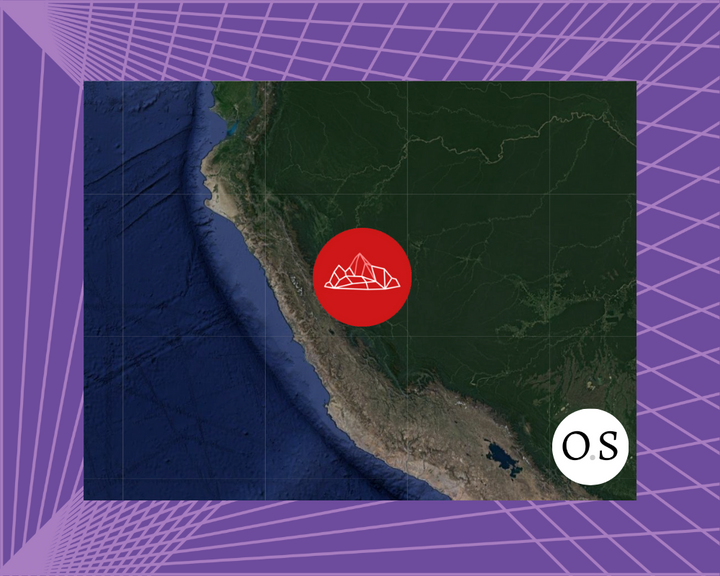Tools to Build your Remote Workplace

What tools do we use for our digital office?
In 2020, many teams went remote. Obsidian Systems has chosen to remain remote.
We are a fully remote, distributed team with more than thirty members, and we know how to operate effectively. Remote offices are not a fad: Atlassian and Stack Overflow, for example, work remotely. Data from the Stack Overflow Developer Survey 2022 show that 85% of tech companies are at least partially remote.
This article will share what tools we've come to prefer, over the last three years, to maintain and grow our remote workplace.
Some context
Many love the flexibility of remote offices: hours are reclaimed from long commutes, errands can be done before the sun sets, and work-life balance tends to improve with a sense of autonomy. A peer-reviewed study found that, among their sample, remote workers "experience more happiness at work, and, at the same time, their commitment to the company increases." Benefits regarding hiring, office culture, and effiency have been written about at Inc.
That said, there are some documented side effects. A study released by Microsoft found that remote workers experience greater job satisfaction, but may also "feel socially isolated." Additionally, without a central office, it can be a struggle for teams to organize product pipelines, share information, and build community culture.
It's important to discuss this because the positives of remote work are significant enough that, rather than retreat from remote work when faced with its downsides, we can adopt and refine tooling that solves those problems that arise.
At Obsidian, we've steadily improved or changed the tools we use, in order to maximize productivity, minimize micro-management, and enjoy a healthy workplace culture. In the next section, we'll discuss the specific tools that we've adopted to solve these problems.
The tools we use
We care about knowledge transfer in teams, and we know that it benefits our clients. We use Basecamp for internal team documentation, product development, workflow organization, and often share permissions with clients to communicate with our engineers and project managers on the platform. For more on Basecamp, check out Shape Up: Stop Running in Circles and Ship Work that Matters.
For continuous integration, version control, sharing work, and binary caching, we use Git.
We wrote a dedicated local wiki as our handbook, where onboarding materials and guidelines regarding code and documentation are available. For a long time, we've maintained this blog for team members of separate projects within the same organization to learn about, discuss, and celebrate each others' work.
Finally, we use Gather to create a cultural hub and central place for team members to be present with their colleagues who are working at the same time, even in separate locations. This diminishes feelings of isolation. Character & space customization helps employees self-express to their peers. Gather makes video-calling much simpler, restoring the utility of walking up to someone's desk for a necessary, brief catchup on an issue. While the pixel art aesthetic may not be a fit for every team, we enjoy it.
In conclusion
While many traditional companies that went remote in 2020 are choosing to return to the office, startups and the tech industry at large are far more likely to stay or become remote in the coming decade.
The benefits of remote work have been felt widely enough that it is here to stay. The costs have compelled innovators to build tools that better support employees and translate management practices to the internet.
Remote work is a new paradigm. While we work with clients, we don't simply execute tasks; we get a perspective of future users, creating new value. By sharing these tools here, we hope to support future teams building their digital workplaces.




Comments ()